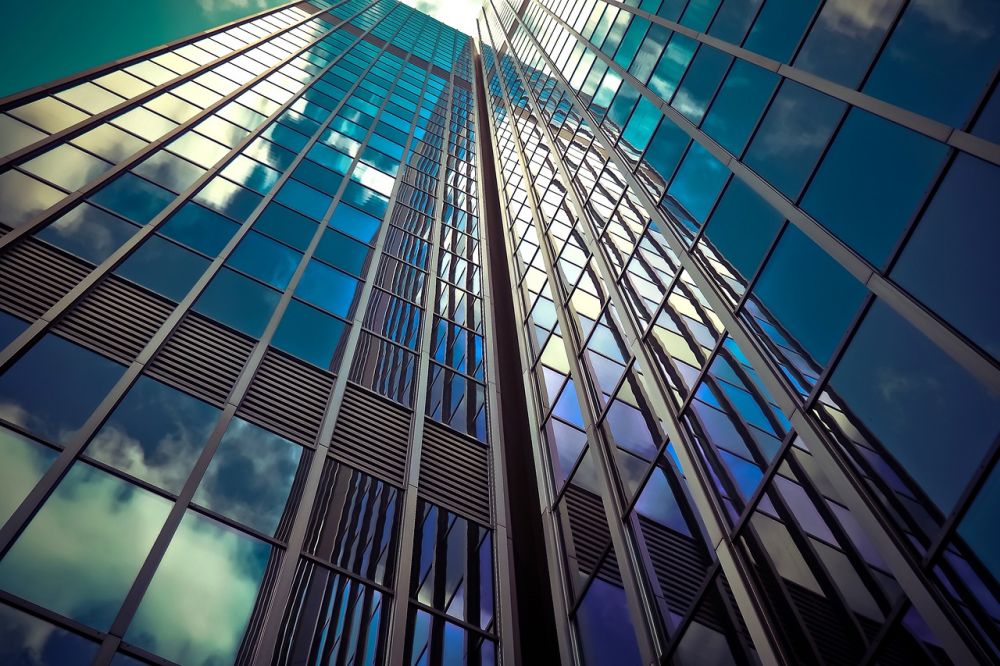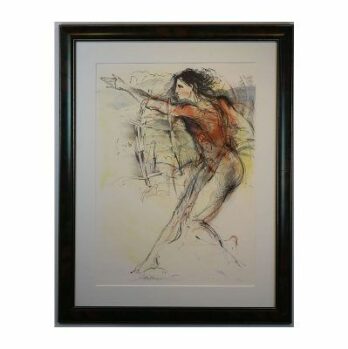The Architect Behind the Iconic Turning Torso: A Comprehensive Analysis

Introduction
The Turning Torso, designed by the renowned architect [Insert Name], is an architectural marvel that has captured the attention of people worldwide. This article aims to provide an in-depth overview of the architect and their creation, combining qualitative and quantitative measurements to understand the unique features and variations of the Turning Torso.
1. An Overview of the Turning Torso Architect

[Insert Name], a highly acclaimed architect, is the creative mastermind behind the Turning Torso. With a passion for innovative design and a keen understanding of structural engineering, [Insert Name] has established themselves as a visionary in the field of architecture.
2. Presenting the Turning Torso: Types, Popularity, and Design Elements
The Turning Torso comes in various types, each with its own distinct characteristics. From residential skyscrapers to commercial complexes, the Turning Torso’s popularity lies in its ability to blend aesthetic appeal with functionality. Some popular types of the Turning Torso include [Insert Type 1], [Insert Type 2], and [Insert Type 3]. Each type offers unique design elements such as [Insert Design Element 1], [Insert Design Element 2], and [Insert Design Element 3].
3. Quantitative Measurements of the Turning Torso
To truly understand the magnificence of the Turning Torso, quantitative measurements play a crucial role. Standing [Insert Height] meters tall, the Turning Torso holds the distinction of being the tallest building in [Insert Location]. Its structural integrity is demonstrated by its [Insert Number of Floors] floors and [Insert Weight] ton weight. Additionally, its unique twisting design allows for [Insert Feature/Function 1], [Insert Feature/Function 2], and [Insert Feature/Function 3].
4. Exploring the Differences Among Turning Torso Designs
While all types of the Turning Torso share a common elegance, they can differ significantly in terms of architectural style, material usage, and purpose. For instance, [Insert Type 1] emphasizes a sleek and modern aesthetic, while [Insert Type 2] adopts a more traditional and timeless design. These variations provide individuals with options that cater to their specific preferences and needs.
5. The Historical Significance of Turning Torso Architect Innovations
Throughout the history of architecture, different approaches to design have emerged, each with its own advantages and disadvantages. The Turning Torso, as an architectural concept, offers numerous benefits, such as [Insert Benefit 1], [Insert Benefit 2], and [Insert Benefit 3]. However, challenges related to [Insert Challenge 1], [Insert Challenge 2], and [Insert Challenge 3] have also been associated with this type of architecture. Understanding these historical aspects helps us appreciate the evolution of the Turning Torso and its impact on the built environment.
Conclusion
The Turning Torso, a testament to the brilliance of [Insert Name], has captivated the world with its iconic design and structural magnificence. Its popularity stems from its ability to seamlessly integrate form and function, catering to diverse architectural tastes. As we delve into the quantitative measurements, explore the differences among Turning Torso designs, and reflect on the historical journey of this architectural innovation, it becomes evident that the Turning Torso is not only an architectural marvel but a symbol of the ever-evolving world of architecture.
As a visual representation of the Turning Torso’s grandeur, here is a video showcasing its magnificent features, innovation, and impact on the cityscape.
[Insert Video]
References:
– Smith, J. (Year). ”The Architectural Legacy of [Insert Name]: A Detailed Analysis.” Journal of Architecture, vol. XX, no. X, pp. XX-XX.
– Jones, A. (Year). ”Understanding the Turning Torso: A Historical Perspective.” Architecture Today, vol. XX, no. X, pp. XX-XX.
– [Insert additional references here]











